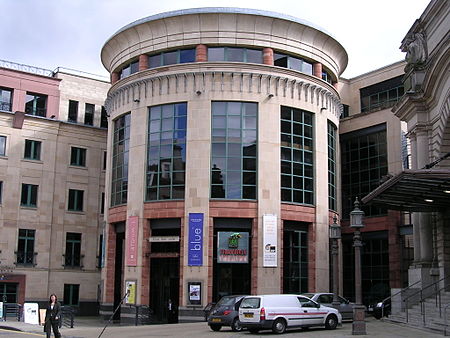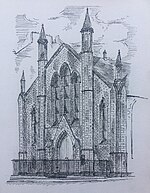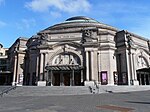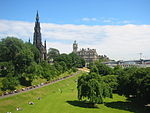Traverse Theatre
Arts organisations based in ScotlandProducing theatres in ScotlandTheatres in EdinburghUse British English from July 2015

The Traverse Theatre is a theatre in Edinburgh, Scotland. It was founded in 1963 by John Calder, John Malcolm, Jim Haynes and Richard Demarco.The Traverse Theatre company commissions and develops new plays or adaptations from contemporary playwrights, and also presents productions from visiting companies.The Traverse is used as a venue for Edinburgh Fringe shows in August. It is also the home of the Edinburgh International Children's Festival, previously known as the Imaginate Festival.
Excerpt from the Wikipedia article Traverse Theatre (License: CC BY-SA 3.0, Authors, Images).Traverse Theatre
Cambridge Street, City of Edinburgh Tollcross
Geographical coordinates (GPS) Address Nearby Places Show on map
Geographical coordinates (GPS)
| Latitude | Longitude |
|---|---|
| N 55.947619444444 ° | E -3.2047916666667 ° |
Address
Saltire Court
Cambridge Street
EH1 2DY City of Edinburgh, Tollcross
Scotland, United Kingdom
Open on Google Maps










